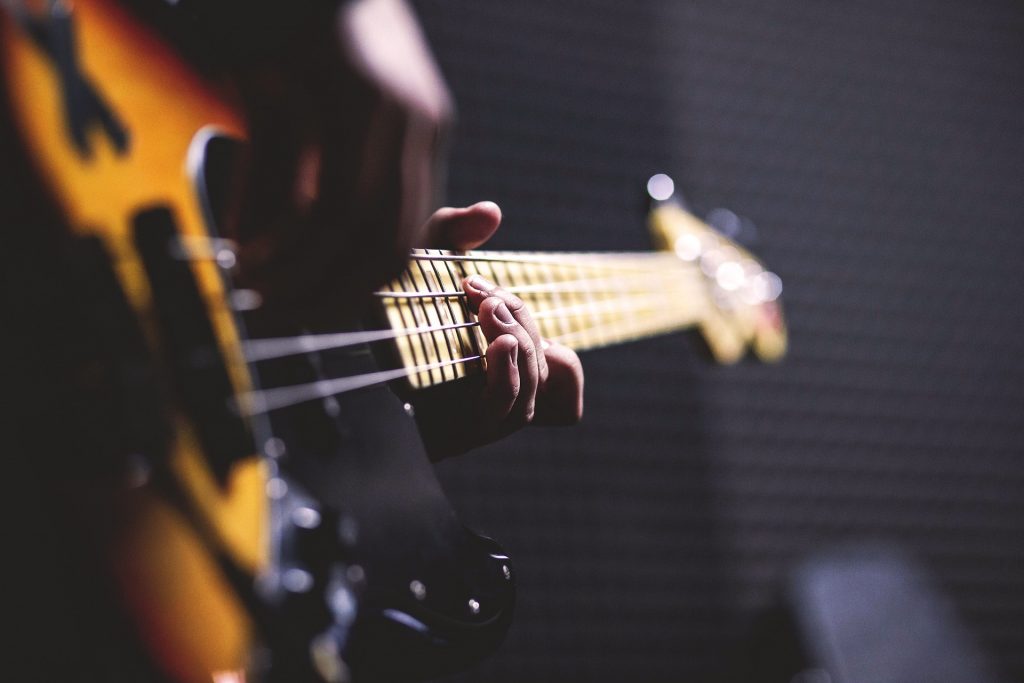A Beginner’s Guide to Play Classical Guitar Better

Learning a musical instrument like the classical guitar is fun and rewarding. You’ll develop your skill, expand your horizons, and create beautiful music that can be shared with friends! But if you’re starting out on this journey, it can feel daunting.
Luckily, there are guitar lessons like this classicalguitarshed.com guide to help you learn more. From choosing what type of guitar to mastering key techniques related – this guide will help take your musical skill level up a notch.
So dive in, get ready, strum some strings, and let’s start playing the classical guitar!
8 Tips to Level Up Your Guitar Skills
Learning to strum the guitar can be a difficult but rewarding experience. With dedication, practice, and some helpful tips, anyone can become a master musician.
Here are some reliable tips for leveling up your classical guitar-playing abilities.
1. Get a Classical Guitar
Investing in a quality classical guitar is vital to becoming an accomplished player.
When selecting classical guitars, size matters—literally! The size of your body has an impact on how comfortable you’ll feel when playing it. If possible, try out different sizes before making your purchase so that you can find one that fits your body type and playing style best.
2. Learn the Basics – Chords, Notes, and Melodies
Whether you’re a beginner at playing classical guitar or want to brush up on your skills, understanding chords, notes, and melodies is essential for improving your guitar playing.
Here’s why you need these three concepts.
- Chords. A chord is made up of three or more notes played at the same time.
- Notes. A note is simply one pitch or sounds you play on a guitar.
- Melodies. These are musical patterns created by playing multiple notes in succession.
3. Develop Good Habits Early On
Creating good habits early on in your guitar-playing journey is essential for long-term success. This means having a regular practice schedule and sticking to it.
Set aside at least 30 minutes each day to practice, or an hour if possible. It is also important to plan what you will practice during those sessions. With consistent practice and patience, you will see results in no time!
4. Focus on Technique
Focusing on technique is a great place to start if you’re looking for a way to improve your playing. Regardless of your genre or style, having good technique will make your playing more efficient and enjoyable.
Here’s a list of five essential guitar techniques that all learners should master first.
- Strumming Patterns. These are the foundation of most acoustic guitar playing. Start by learning simple strumming patterns that you can use to accompany songs or progressions. This will help lay the groundwork for more complex rhythmic ideas.
- Fingerpicking. It essentially plays individual notes on the guitar with your fingers rather than a strumming motion. Mastering the fingerpicking technique will help you create beautiful tones and textures on your instrument.
- Barre Chords. This chord requires your index finger to press down all six classical guitar strings at once. It allows you to move from one chord shape to another quickly and accurately.
- Hybrid Picking. This combines both Flatpicking and fingerstyle techniques into one approach. It gives you more options for creating interesting sounds and textures on the instrument.
- Slide Technique. This is great for adding color and vibrato to your playing. It involves fretting notes at one position before sliding up or down the fretboard while keeping your finger pressed against the string(s).
Good technique allows you to play different styles of music easily and accurately, as well as make subtle changes in dynamics that can add emotion and feeling to your songs. Also, good technique will help prevent injury caused by bad habits such as tension in your hands or arms.
5. Using Technology to Enhance Your Practice
Technology has revolutionized many aspects of our lives, including our musical pursuits!
Now, apps available for smartphones or tablets can help classical guitarists in many ways. These apps can provide backing tracks with different tempos as well as interactive tutorials on specific techniques.
6. Listen to Music
Listening to classical music is one of the most vital things you can do while learning how to play guitar. It’s also one of the most fun!
Take note of which parts catch your attention or which songs make you feel certain emotions. Try and replicate those same feelings when playing yourself.
7. Record Yourself
Recording yourself is an invaluable way to evaluate how far you’ve come along with your skills and understand which areas need improvement.
Record yourself regularly—even if it’s just 15 minutes once or twice weekly. And then listen back critically and make adjustments accordingly. This will help build your confidence while also helping you identify any mistakes.
8. Find a Teacher or Classical Guitar Lessons
Thanks to online lessons, you can learn classical guitar without hassle.
With an online course and a teacher, you can access quality lessons wherever and whenever it’s convenient. This can save you money compared to traditional music classes or private instruction.
Wrap Up
Getting better at playing the guitar isn’t easy. It takes time, dedication, and lots of practice!
However, with these tips under your belt—you’ll be well on your way to being a better instrument player than before!
So don’t give up when things get tough, and don’t be afraid to experiment. Keep putting in the work; eventually, you will make your own classical guitar music!
